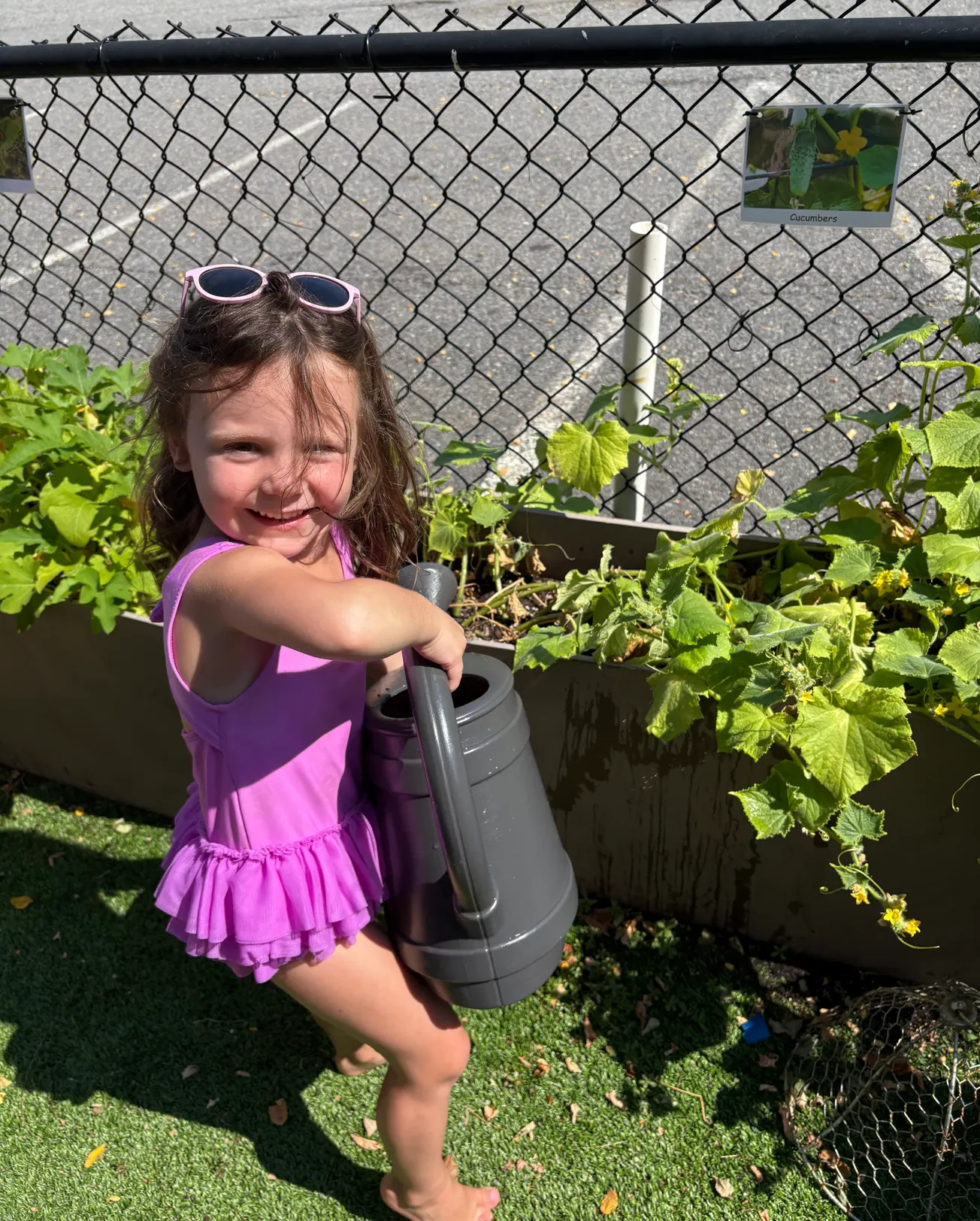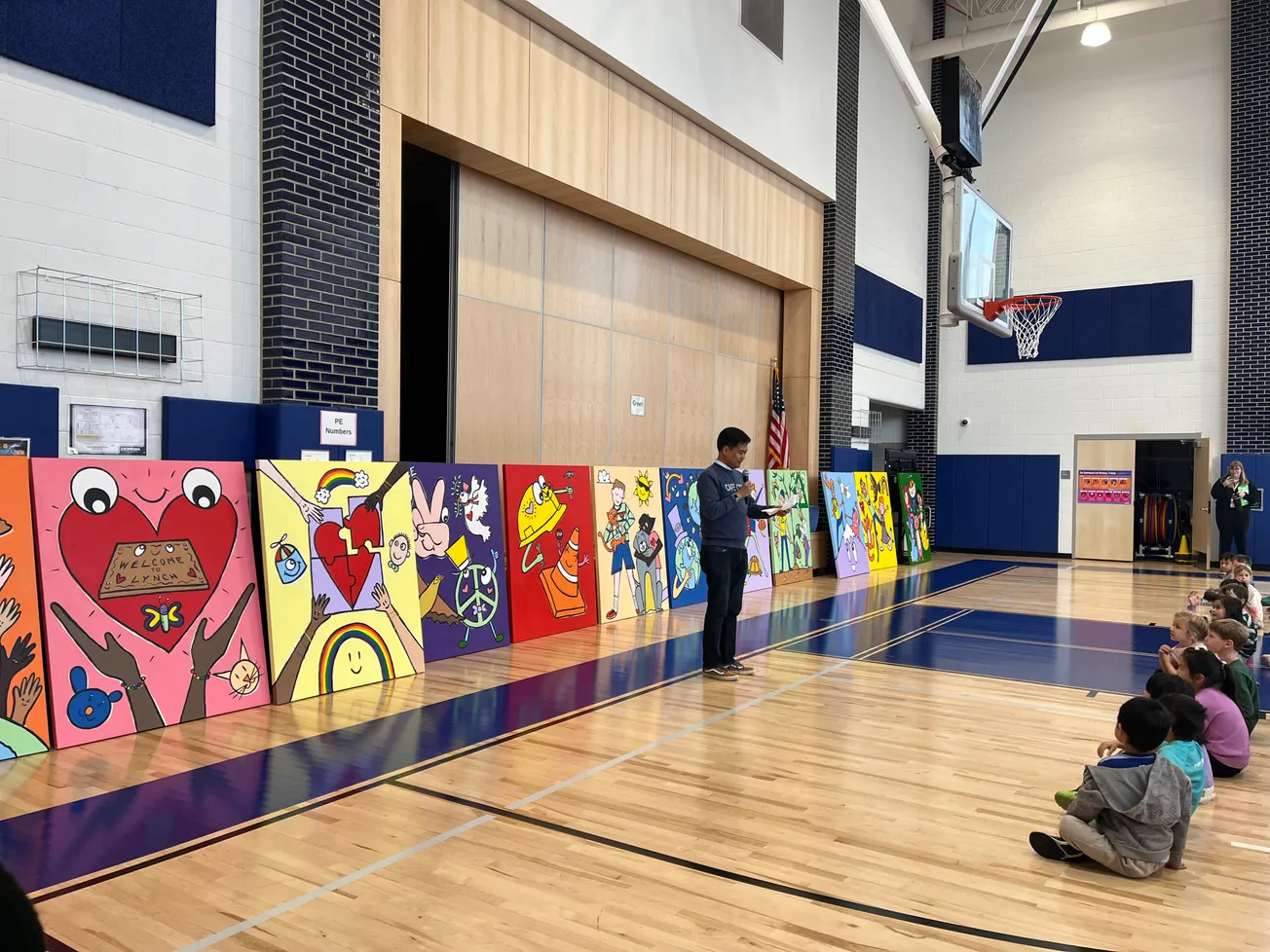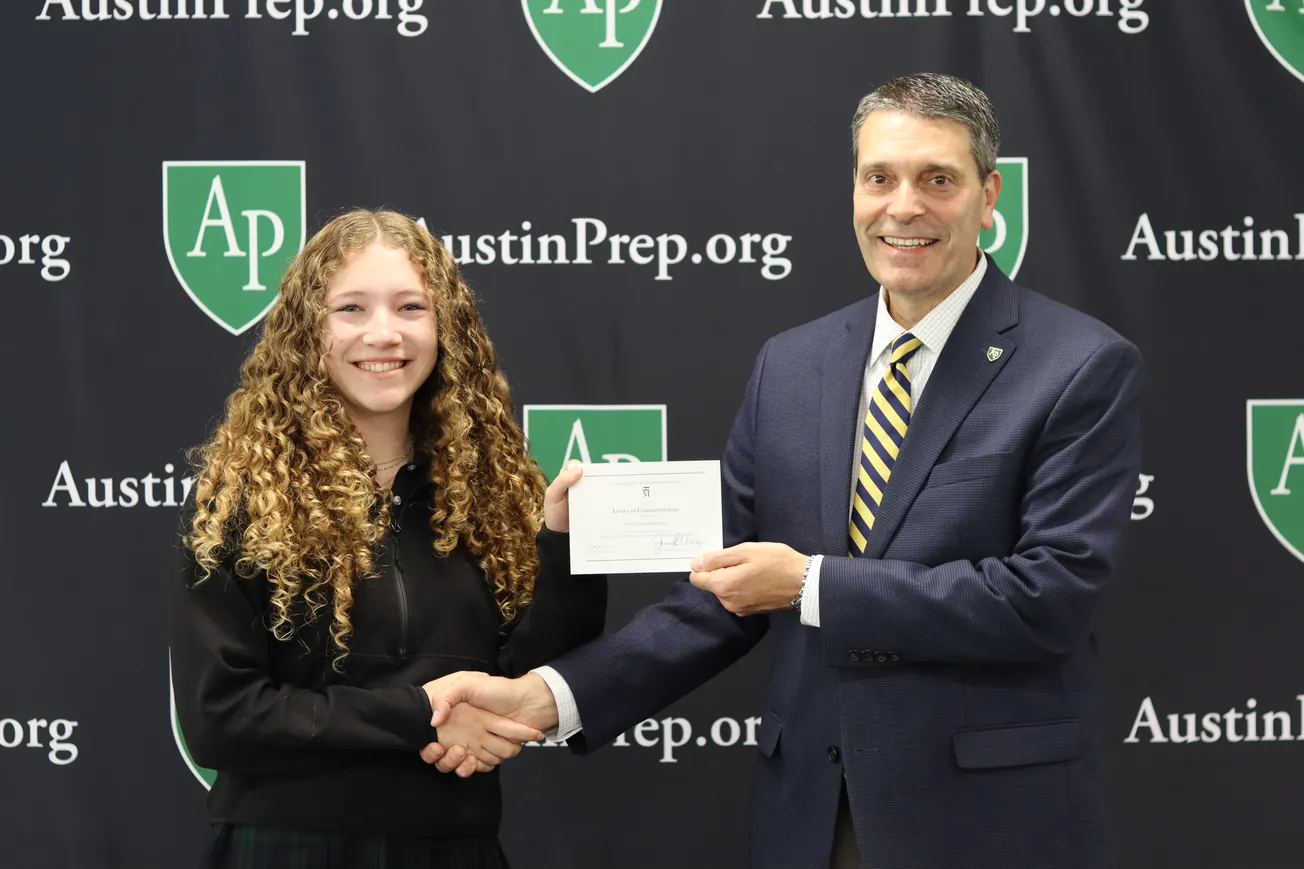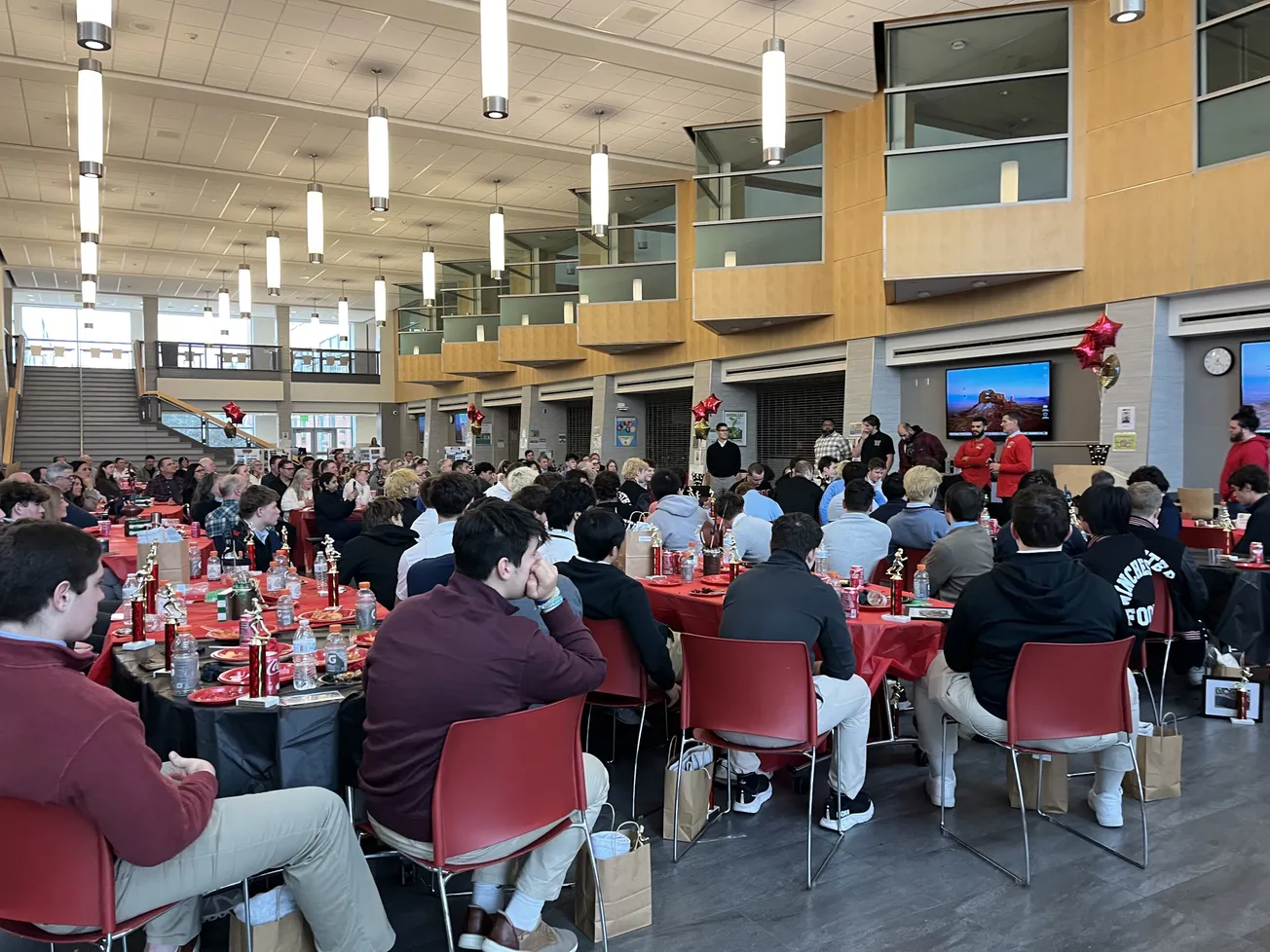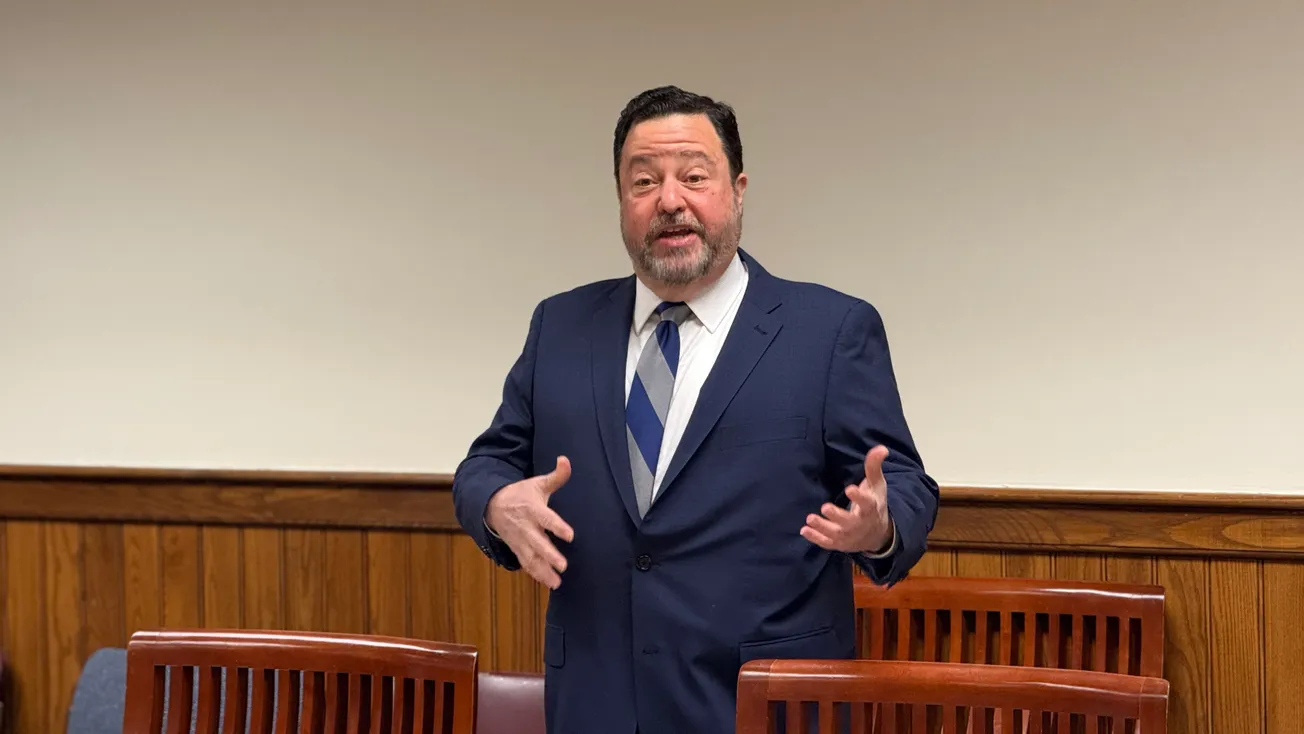Table of Contents
If you want to know exactly when childhood ends, just ask Katie O’Connor.
“It’s when your parents give you a cell phone with unfettered access,” she said.
Arming a child with a cell phone while experts are urging parents to limit screen time seemed like the ultimate irony to O’Connor and Erica Walsh, who are spearheading a local movement to limit screen time for kids on all devices. Both are parents to young children.
“Forty percent of 2 year olds have an iPad, according to Common Sense Media,” said Walsh. “It’s so bizarre to us.”
The pair set out in 2024 to try to talk Winchester school officials into instituting a policy calling for a bell-to-bell cell phone ban in the elementary schools. While not every elementary age student has a smartphone, Walsh said, many do have smart watches.
Just about one year later it looks like they could get their wish.
The School Committee must vote to accept the proposed student handbook, which contains the new policy. If approved, the policy will go into effect in September, Walsh said, adding the middle school already has a policy and the high school is a work in progress.
“That was our first big win,” O’Connor said. “It felt good that people are taking action to do something for the betterment of our kids.”
So, with a ban almost in the bag, their work is done, right?
Not even close, according to Walsh and O’Connor.
“Our goal is to shift the norm,” O’Connor said.
How it started
In 2022 or 2023, Walsh and O’Connor began talking to people in their neighborhood about the issue, and they discovered they were not alone in their concern. But not wanting to isolate their kids by withholding devices or severely limiting screen time, they knew they needed to figure out how to take collective action.
Walsh said that in March of 2024, they launched a book club with Jonathan Haidt’s “The Anxious Generation: How the Great Rewiring of Childhood is Causing an Epidemic of Mental Illness” as the first group read.
In the book, Haidt argues that the growing use of smartphones and social media coupled with overprotective parents had led to a rise in mental illness among kids.
“It speaks to all of us that were already feeling that a play-based childhood is being replaced by a screen-based childhood,” said O’Connor. “It’s a call to action.”
In his book, Haidt suggests parents start by making a change in their community.
“So, I said ‘OK, we’re going to do it,’” Walsh said.
Haidt offers up four norms for parents to follow:
• No smart phones until the end of eighth grade.
• No social media until age 16.
• No phones in school.
• More independent, free play and responsibility in the real world.
In November 2024, the duo invited Dr. Allison Baker, a child, adolescent and adult psychiatrist, to speak on “Smartphone Sense” in a free community event.
Baker sits on the advisory board of the non-profit Wait Until 8th, which says studies show that smartphone use impacts relationships, can lead to disruptive behavior disorders, impacts their sleep and is essentially altering kids' brains.
“Smartphones are like slot machines in your children’s pocket, persuading them to participate more,” Baker says on her website, allisonbakermd.com/wait-until-8th. “They are intentionally designed to keep users engaged for long periods of time.”
And on the flip side, statistics also show that less screen time leads to more laughter in hallways at school, more talking in the lunchroom, and better attention and engagement.
“Because they’re not looking at their phones,” O’Connor said.
Walsh said over 100 people came to hear Baker and those there seemed very interested in finding the answer to the question of the day: “How do we get phones out of the hands of children?”
And, how do you withhold a cell phone or social media from your child without risking them being a social pariah?
Build an army
Walsh and O’Connor conducted a survey in which they asked 497 Winchester elementary households if they would support a policy requiring students’ personal electronic devices be put away during school hours. The result told them they were not alone in their thinking.
A whopping 95.2% said yes. Only 3.1% said no, and the rest needed more information before making a choice.
“It was great to see the response,” O’Connor said.
Walsh said parents of more than 100 students at Vinson-Owen Elementary have signed the Wait Until 8th pledge.
O’Connor said she thinks the response is in part due to parents of younger children having more information on the dangers of excessive smartphone use than parents of high-school aged kids had when their kids were young.
Cellphones were still shiny and new then, but now statistics show they can lead to depression and anxiety, loneliness, and the inability to form real connections with people beyond texting and online chatting, she said.
Walsh is quick to add that their intention is not to scold people who aren’t on board, they just want to “start a conversation.”
So, she and O’Connor began to casually talk to parents on the sidelines at their kids’ sports games, and they have met up with like-minded groups in other communities, such as Arlington, Lexington and Sudbury. They are gathering their army.
“We’re not pioneers,” O’Connor said. “So many other states are already doing this.”
And Massachusetts could be joining those ranks. Walsh said she’s learned there are currently 12 bills filed at the State House regarding phone-free schools. She said state Sen. Jason Lewis, D-Winchester, told them it could take as long as two years for any of them to become law. But his thoughts on the matter, she said, have only reinforced their work.
“His message is that Winchester can do it now,” Walsh said.
Where it’s going
O’Connor said they’d like to see the middle and high schools take a stronger position on curtailing the use of personal devices during school hours. When a kid reads a Facebook or an Instagram post it will stay with them on average 20 minutes, and if it’s a negative post, it could take four hours to resolve, Walsh said.
“It’s such a distraction to our students,” O’Connor said.
She admits getting significant change at the high school would require the biggest shift. They are hoping to form a committee with officials, teachers and students to get their input on the issue.
But regardless of the obstacles, the pair say they are committed to their cause.
“They are designed to be addictive, and we give them to kids whose brains have not yet formed,” O’Connor said. “For that reason alone, this feels urgent. Parents, principals, administrators should set boundaries.”
Walsh agreed.
“Let’s do the right thing, it’s not that hard,” Walsh added. “Let’s let kids be kids.”



